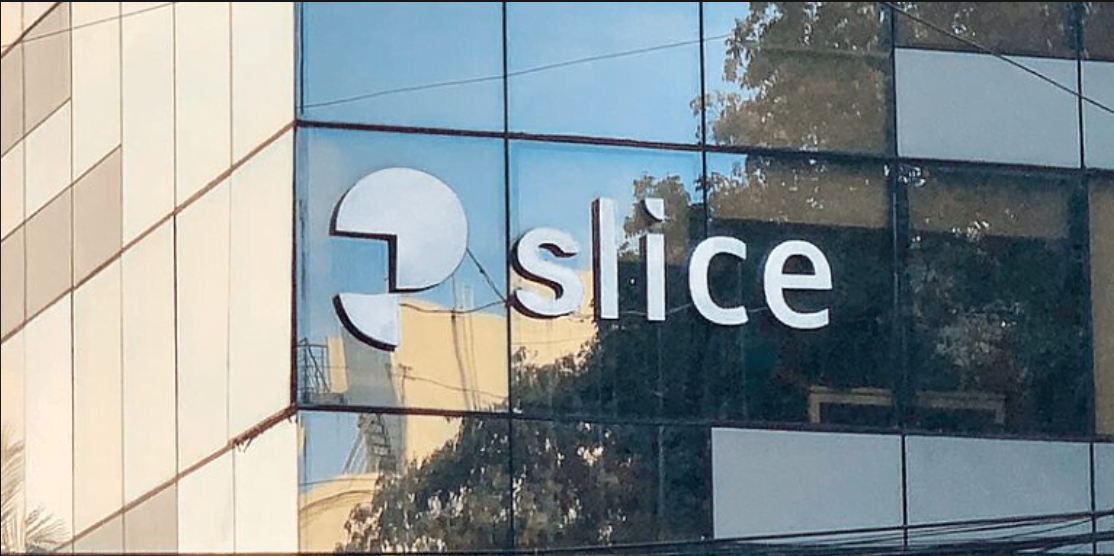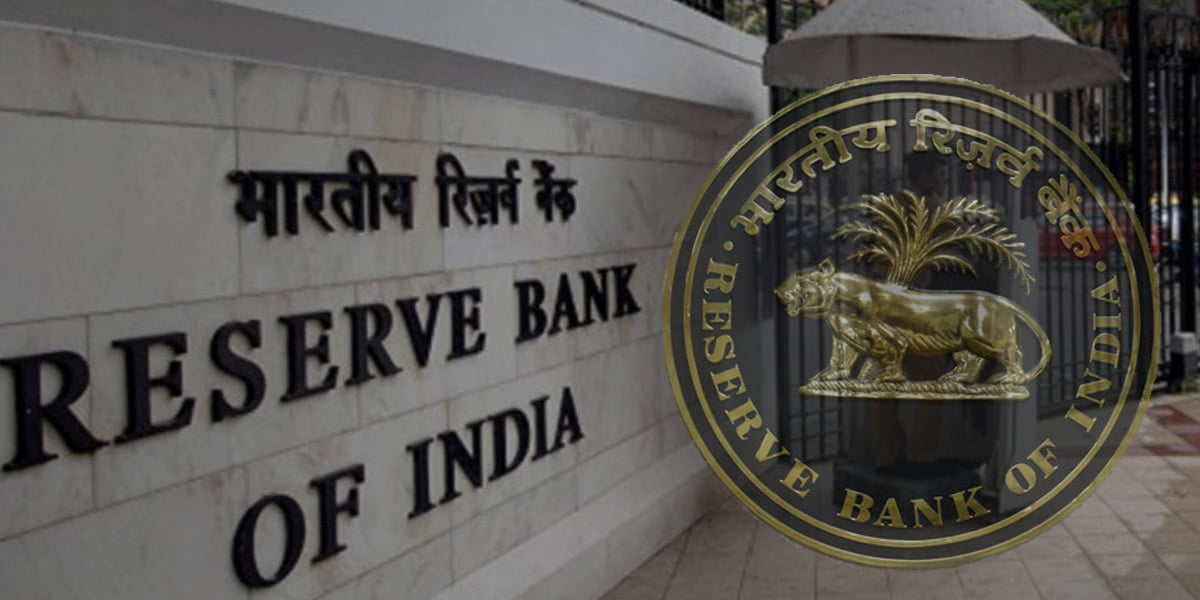Slice switches team from the credit line to term loans after RBI’s action; what effect will it have on users: Latest News 2022

Fintech Startup Slice has redirected from providing credit lines through its application to classic term loans after the Reserve bank of India made new propositions the previous month. The Reserve Bank of India proposed that Non-bank fintechs cannot provide credit lines. Slice was affected mainly by the RBI’s change, and now it has fundamentally shifted how it allows credit to its customers to abide by the new regulations.

Slice informed the users of the change in its application with the help of an email sent on Tuesday.
A company’s spokesperson refused to comment on the issue.
The company has been calling the new credit distribution mechanism “Purchase Power” and has not revealed the reason behind the change could be because of the RBI’s guidelines.
How will the change in the RBI Guidelines impact Slice’s practices?
The company has mentioned in its email stating that when one purchases the Slice application, a new approval decision will be made instantly to access the best amount possible the person can borrow for the purchase. The decisions will be taken primarily based on the user’s credibility, risk, fraud checks, and past payments as well as repayment patterns.
The company explained the concept of purchase power. Purchase power is an estimated amount that one can qualify to borrow from the slice application. It is sponsored by a world-class risk and data technology infrastructure that allows real-time underwriting and provides the users with the best possible credit that the app can offer at the time of transaction.
The statement essentially means that the flexible borrower-friendly repayment terms can be replaced by services that are similar to credit cards minus the fixed credit limit. Instead of offering a credit line, Slice will now emphasize creditworthiness during every single transaction, which follows the RBI guidelines.
Slice has strongly worked on the idea that the effort of the team is to ensure the end customer does not go through or experience any significant change in the experience from her end.
Slice has mentioned in the email that the slice’s bureau reporting practices will remain unchanged with the update. They have furthermore ensured that the changes will not hurt the customer’s credit score.
The Reserve Bank of India proposed in June that prepaid nonbank instrument providers such as Slice are no more allowed to offer credit lines. Slice and many other fintechs’ USPs revolve around such a product, and now they have to incline into more traditional methods of lending.

The terms and conditions have been revised in two counts at present. If someone was operating a non-bank PPI, then they have to mention in their Terms and Conditions that the money will not be disbursed in the consumer’s wallet but instead in their bank account (as cash). The overall draft should be looked at as a term loan arrangement, and not a revolving credit line.’
In addition, Slice has been giving several credit features to prepaid card users including the ‘Pay-in 3’ option, and no-interest-based monthly repayment among many other options. However, with the change in credit regulations, all the loans provided to the card customers will be processed in real-time.
Any recalcitrance in this regard could attract penal action under the provisions contained in the Payments and Settlement Systems act, 2007. The curriculum has warned all the companies to follow the RBI guidelines.

Slice is a Bengaluru-based unicorn or startup with a valuation of 1 billion USD or more. The company is valued at around 1.5 billion USD after the company received 50 million USD funding in June.
Slice has made its success in a short time after its debut. The company has already crossed the one million mark of transactions through its app in five months after the company first launched the first physical card in 2019. Slice has a massive user base of 12 million and is currently operating in over 16 cities across India. The company has even claimed that the platform is gaining popularity by over 40% every month.
edited and proofread b nikita sharma






